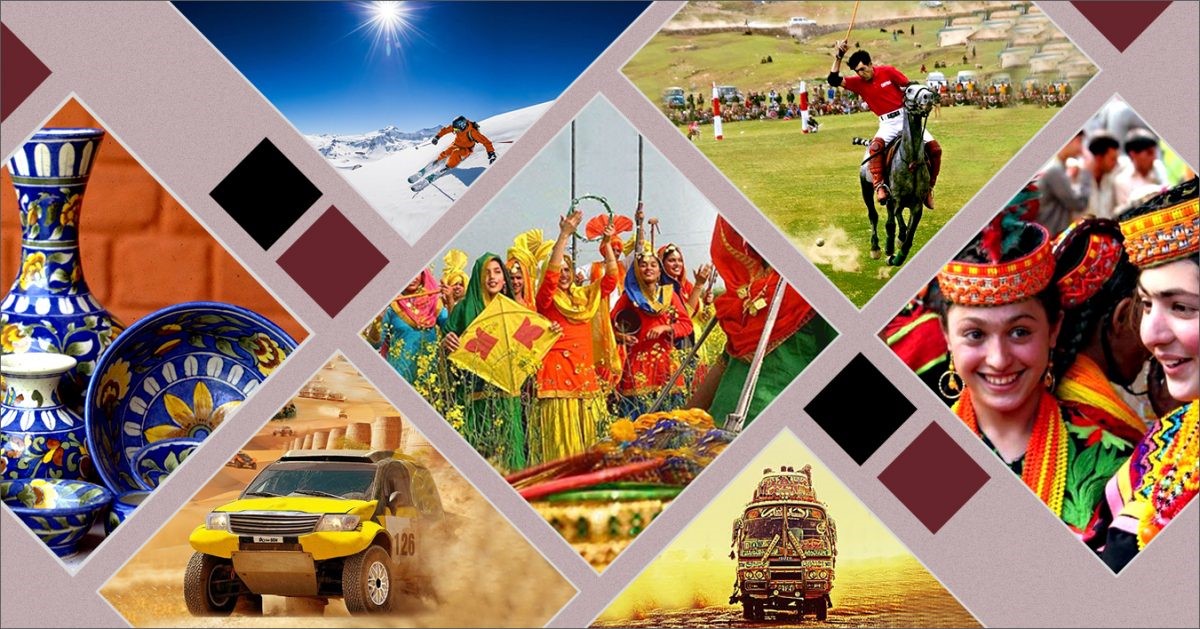Pakistan is a place of diverse customs and cultures. Each part of this region has its own distinct colors and flavors that are reflected in the cuisine, traditions, and ethnicities. Pakistani cuisine is as colorful, rich, varied, pure, and appealing as its people, who are renowned for having distinctive tastes around the globe. Pakistani food is the essence of its culture and shows the diversity and ethnic nature of the region. You can enjoy all types of flavors in Pakistani cuisine. In this blog post, we have discussed some delicious and hearty Top 10 Pakistani Dishes, you must try them.
Top 10 Pakistani Dishes to Try:
Let’s take a look at the top Top 10 Pakistani Dishes you must try them.
Table of Contents
Nihari (Meat Stew):
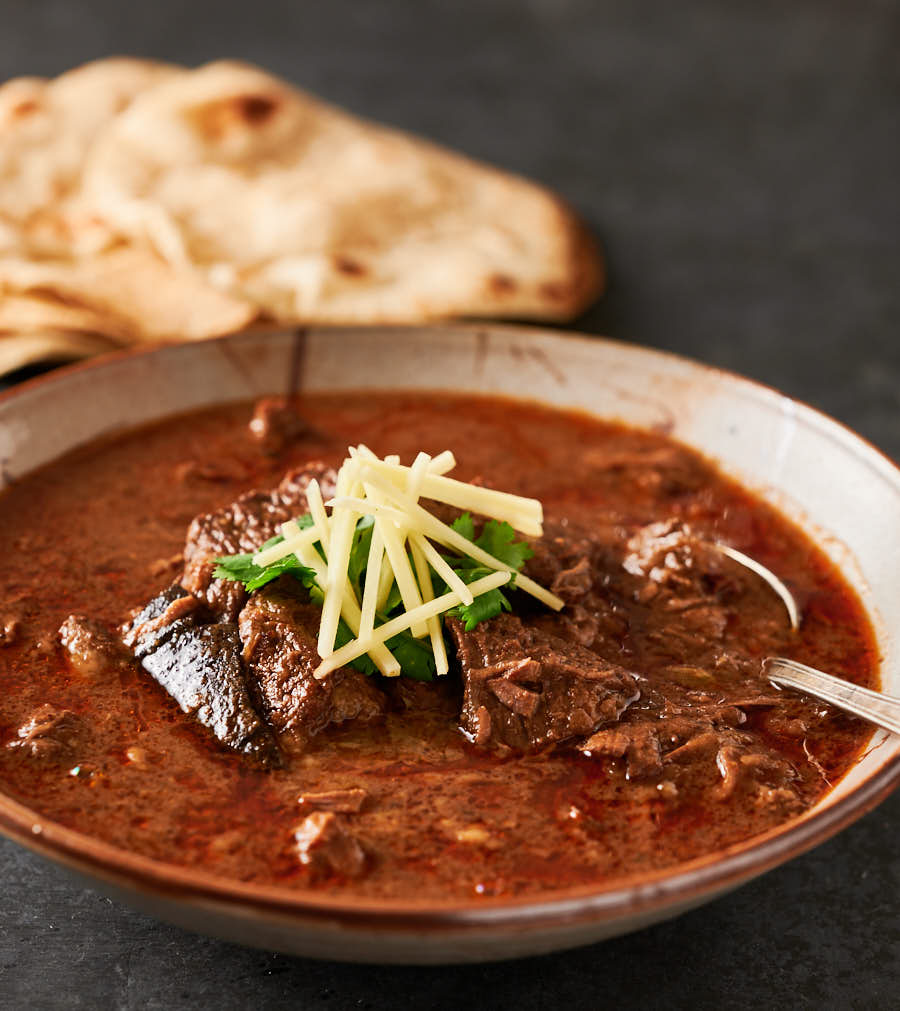
Nihari (Spicy Stew) is one of the most famous and Top 10 Pakistani Dishes. Nihari is a delicious, juicy stew made from beef shanks, mutton, and occasionally chicken. The meat is cooked with stock and other spices such as garam masala, cardamom, ginger, garlic, and cloves, giving the dish more spiciness and depth of flavor. As a dish, nihari is often served to guests on special occasions and eaten for breakfast with roti or naan, some people also garnish it with green chilies and mint leaves.
Halwa Poori:
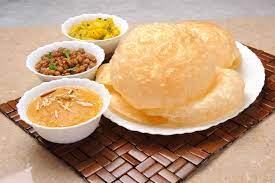
When it comes to Traditional Pakistani Food, Halwa poori dish is revolutionary. This traditional Pakistani dish consists of a soft fried dough called poori, Chickpea curry, and semolina pudding or halwa. This dish is a favorite Sunday breakfast for most Pakistanis across the country. It is frequently offered at lunch or brunch in addition to being served at breakfast. Pakistanis frequently choose it for important events and occasions including weddings, holidays, and religious festivals.
Haleem:

Haleem is another Pakistani stew dish that is a combination of lentils, wheat, barley, and minced beef (or other preferred meat) that is slowly cooked for hours in mild spices. Apart from Pakistan, the people of the Middle East, Central Asia, and the subcontinent also eat Haleem fondly. This traditional dish takes a long time to prepare as the lentils and special spices take a long time to mix properly with the minced meat. Like nihari and biryani, people often serve haleem at large gatherings or special occasions.
Chapli Kebab:
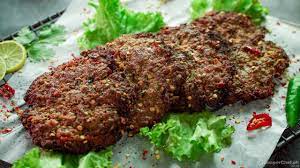
When you talk about Chapli Kebab, it definitely takes you to Peshawar as Chapli Kebab is a Pashto dish made of minced beef in an irregular round shape. The beef is marinated with some spices, and onions are added along with fresh coriander leaves. It is called Chapli Kebab as Chapli means flat in Pashto and is often served with naan, yogurt, and salads. Apart from being a great side dish, you can also enjoy it as an appetizer or main dish. Although Chapli Kebab originally originated in Peshawar, it is now a favorite dish of all Pakistanis.
Biryani:
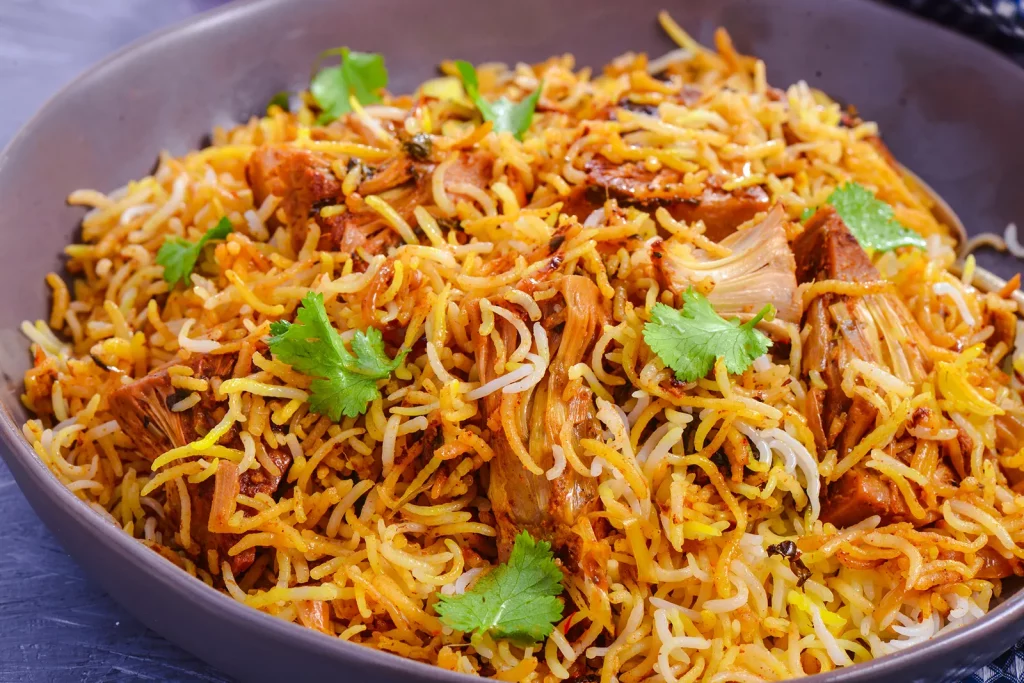
Biryani is the Pakistani favorite and best-known dish that can be made with lamb or beef but chicken biryani is a favorite. This delicious main dish includes chicken, basmati rice, tomatoes, yogurt, masala, onion, mint, and bay leaves. The meat and rice are prepared separately before being layered and cooked together with a variety of spices. The addition of well-cooked potatoes, tomatoes, and lemons to the biryani adds to the taste, and texture and complements the aroma. It is flavorful and one of the staple foods of the country, a plate of biryani is the perfect mid-afternoon dish. Along this Sindhi Biryani, Mutton Biryani, and Chipli Biryani are also valued as main dishes. It is considered Top 10 Pakistani Dishes.
Chicken Karahi:
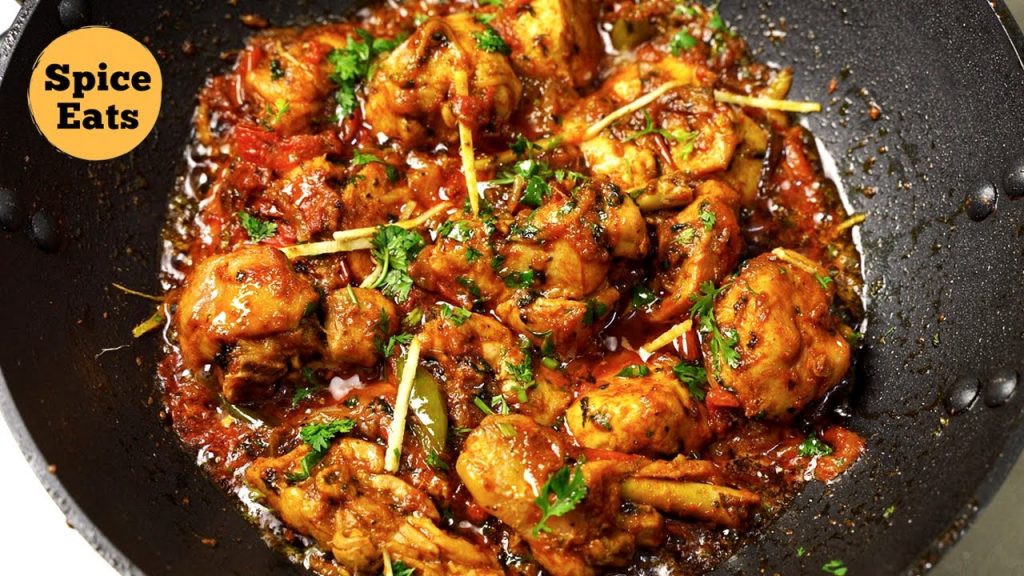
Chicken Karahi is one of the most popular dishes in Pakistan and can be found in almost every desi restaurant in the country. It is a delicious poultry dish, prepared with chicken, chilies, spices, ginger, cardamom, tomato, ginger, and garlic. The word karahi means to the deep vessel in which it is prepared. Traditional karahi is a thick masala dish made with chicken that is juicy and tender and has a tomato and ginger basis. Chicken Karahi is a must-try for those who love chicken dishes, and is often served with roti, naan, and raita.
Paaye:
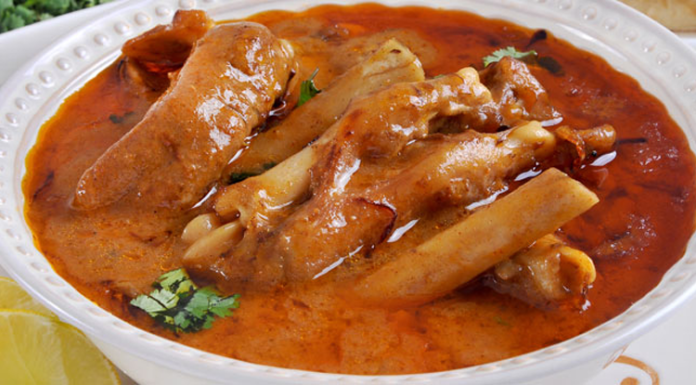
Paaye is another Pakistani popular and traditional dish that is made using both goat’s head and feet. The main ingredients include onions, red oil with curry spices, and a very large bowl full of boned goat legs and feet. The Paaye recipe is basic but quite complicated to prepare that is slow-cooked for hours to give incredible flavor. Cooking for hours makes the tendons and cartilage around the joints juicy and easily chewable, and the red curry broth enhances the whole flavor incredibly.
Sajji (Roasted Whole Chicken):

Sajji is one of the most well-known dishes in Pakistan, which comes from the Baluchistan region. The dish consists of skewered, roasted lamb or chakka and is marinated with salt and papaya, then packed with spiced potatoes and rice. Traditionally, whole chickens are roasted in a tandoor to add a smoky flavor to the savory dish. The surface of the meat is crisp, but the inside juicy and tender. People often squeeze lemon juice over the meat before eating it thoroughly.
Saag Makhan with Makki:
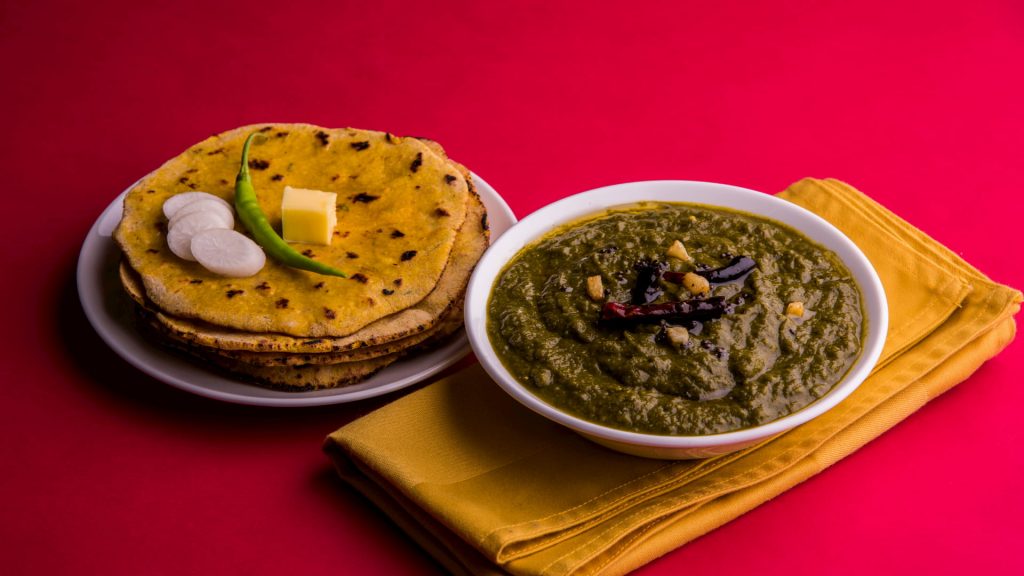
When it comes to winter the Saag is another traditional dish that is widely consumed in Pakistan’s Punjab Province. Saag is prepared with greens, spinach, green chilies, Makhan (butter), and mustard leaves. Mustard greens are slowly cooked until the leaves are so soft and tender that they practically fall apart. Makki Ki Roti with saag is frequently a popular dish throughout the region, not only in Pakistan that is a dough ball that has been flattened and shallow-fried on a hot flat pan.
kata kat:

The term “kata kat,” which comes from Karachi, describes a dish made with different pieces of beef and cooked on a tava, a type of griddle. The dish consists of various animal parts including kidneys, brains, testicles, hearts, livers, and lungs, all mixed with various spices such as coriander, ginger, mint, garam masala, tomatoes, garlic, and onions. Kata Kata is a centuries-old dish in Pakistan and has deep historical significance, and often served with paratha, naan, or roti.
Read more about Problems Every Food Delivery Rider Face In Pakistan


